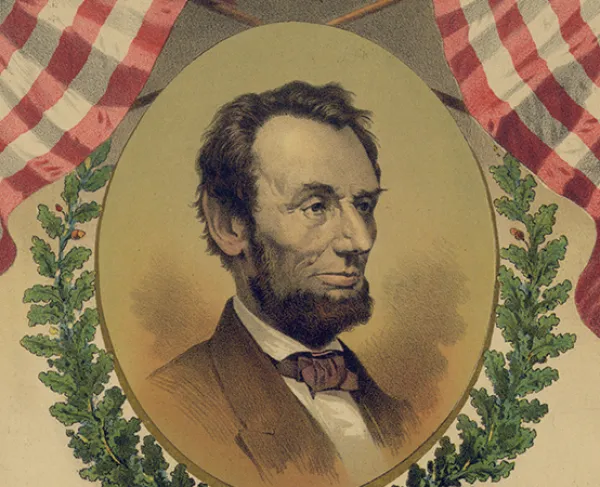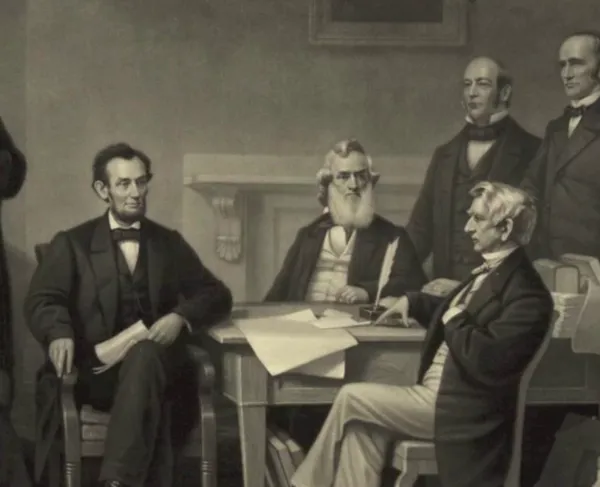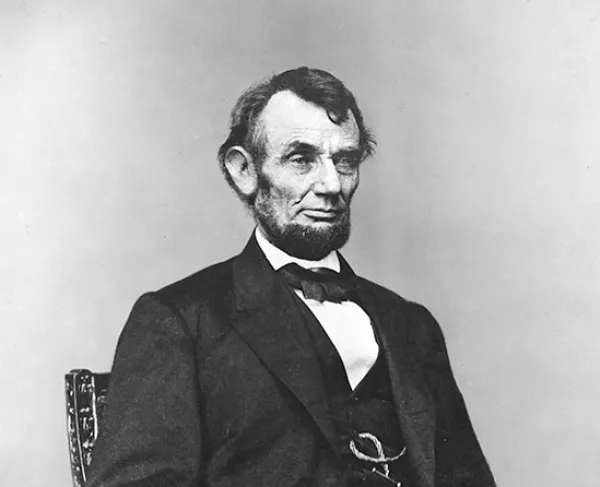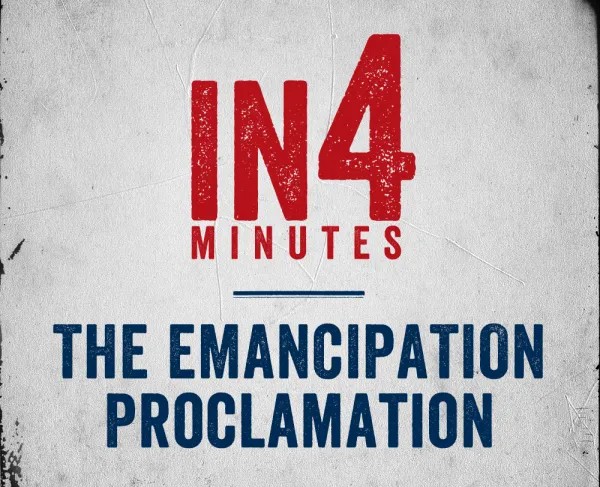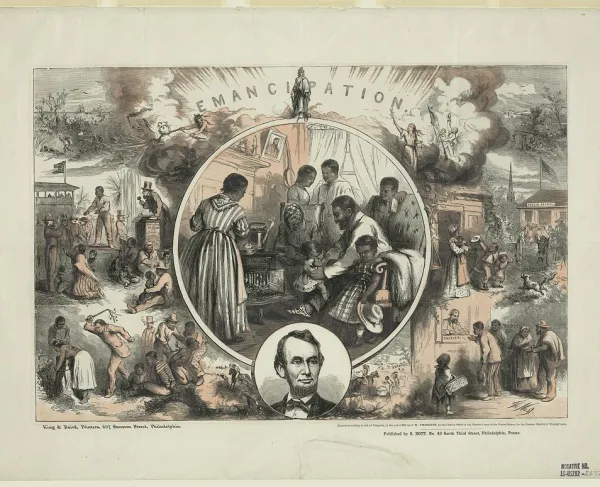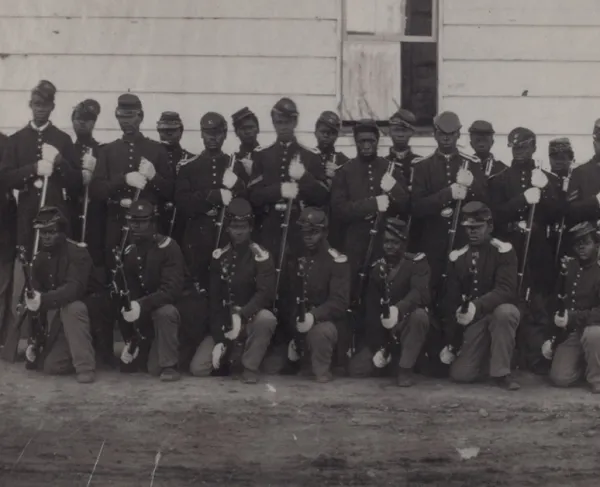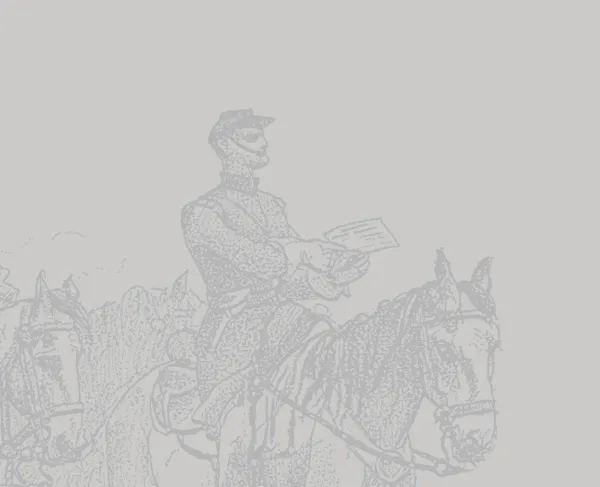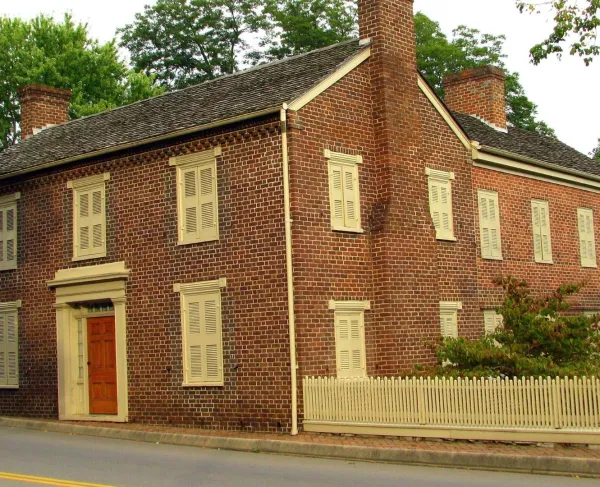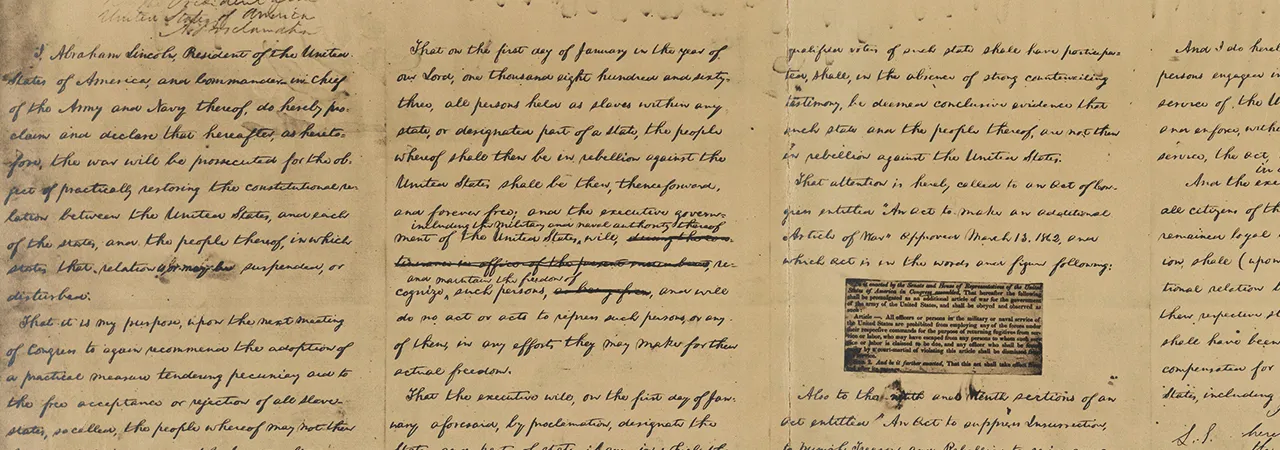
The Emancipation Proclamation
Thenceforward, and Forever Free
Abraham Lincoln issued the preliminary Emancipation Proclamation on September 22, 1862. It stipulated that if the Southern states did not cease their rebellion by January 1, 1863, then the Proclamation would go into effect. When the Confederacy did not yield, Lincoln issued the final Emancipation Proclamation on January 1, 1863, declaring “that all persons held as slaves” within the rebellious state “are, and henceforward shall be free.”
Explore the Emancipation Proclamation
Emancipation Proclamation Primary Source Questions
The Emancipation Proclamation granted freedom to the slaves in the Confederate States if the States did not return to the Union by January 1, 1863. In...
“The Year of Jubilee Has Come” - The First South Carolina Infantry at Camp Saxton
As Prince Rivers stood on a freshly constructed platform in the shade of moss-covered live oak trees at Camp Saxton, he looked down upon the faces of...
Colored Troops Under General Wild, Liberating Slaves in South Carolina
Colored Troops Under General Wild, Liberating Slaves in South Carolina
Andrew Johnson National Historic Site
The Andrew Johnson National Historic Site attempts to tell the tale of Johnson’s ill-fated presidency — while preserving his two homes, tailor shop...
More About the Emancipation Proclamation
- President Lincoln to A.G. Hodges »
- William H. Seward »
- Colored Troops Under General Wild, Liberating Slaves in South Carolina »
- The Lincoln Statue, or Emancipation Memorial »
- A Brief History of Slavery in the United States »
- Giuseppe Garibaldi to President Lincoln »
- “A Complaint from the London Times” Editorial Letter on the Emancipation Proclamation »
- Abraham Lincoln's Draft of the Emancipation Proclamation »
- “Rejoicing Over the Proclamation” »
- Black Soldiers in the Civil War »
- William Seward to Charles Francis Adams on the Emancipation Proclamation »

